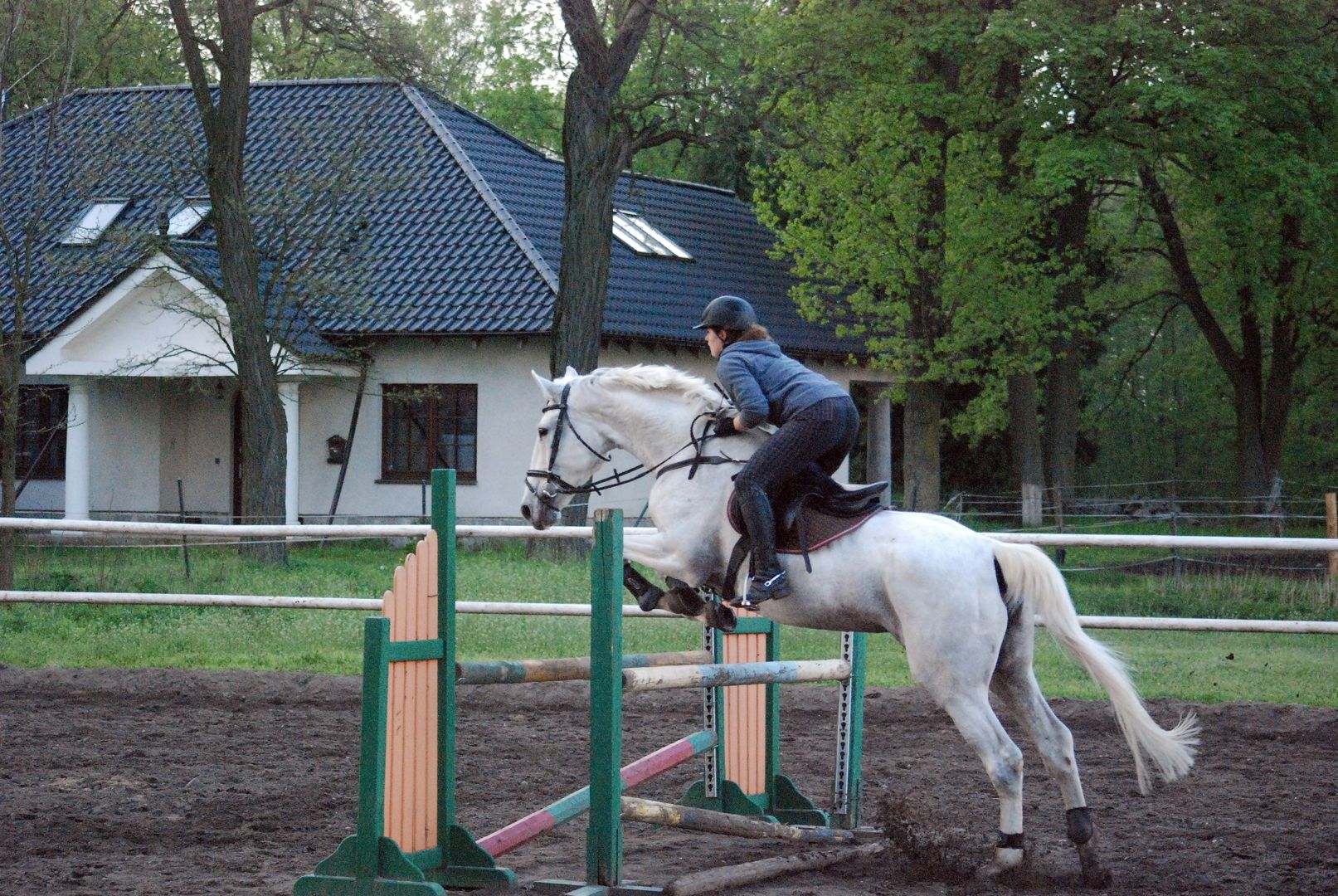Stęszewko
6.81

Overview
Stęszewko is a village in the Greater Poland Voivodeship, within the Poznań County, with a cohesive history dating back to the early Middle Ages when it was a ducal village and later a capitular one. The first mentions of the locality come from the 13th century, when Poznań Bishop Jan II Herbicz listed Stęszewko in chapter documents. The village developed, obtaining Środa rights and appointing village administrators (sołtys), which underscored its economic importance. It endured numerous turbulent events, including wars with the Teutonic Knights and the Swedish Deluge, which led to the village's depopulation. In the 17th century, Dutch settlers (Olędrzy) began to settle here, introducing modern farming methods. After the Second Partition of Poland in 1793, Stęszewko came under Prussian administration and lost its ecclesiastical estates. Over time, the village was enfranchised and transformed into a municipality, and in the 20th century, an elementary school was established. After World War II, Stęszewko was nationalized and became the property of the State Treasury. In 1995, the right to use the manor farm was acquired by private owners. Architecturally, the village boasts a ruined manor and a manor park dating from the second half of the 19th century, surrounded by a water channel and preserved fragments of ancient trees. Although the manor house was demolished, the park and some farm buildings still remain. Another significant site is the Evangelical cemetery, established around 1870, which bears traces of the former Protestant population in the region, despite its current state of neglect. As the starting point of the Wilczy Szlak (Wolf Trail), Stęszewko also offers tourist attractions, and the overall architecture and history of the village reflect the complexity of its cultural and social heritage.
Location
2025 Wizytor | All Rights Reserved